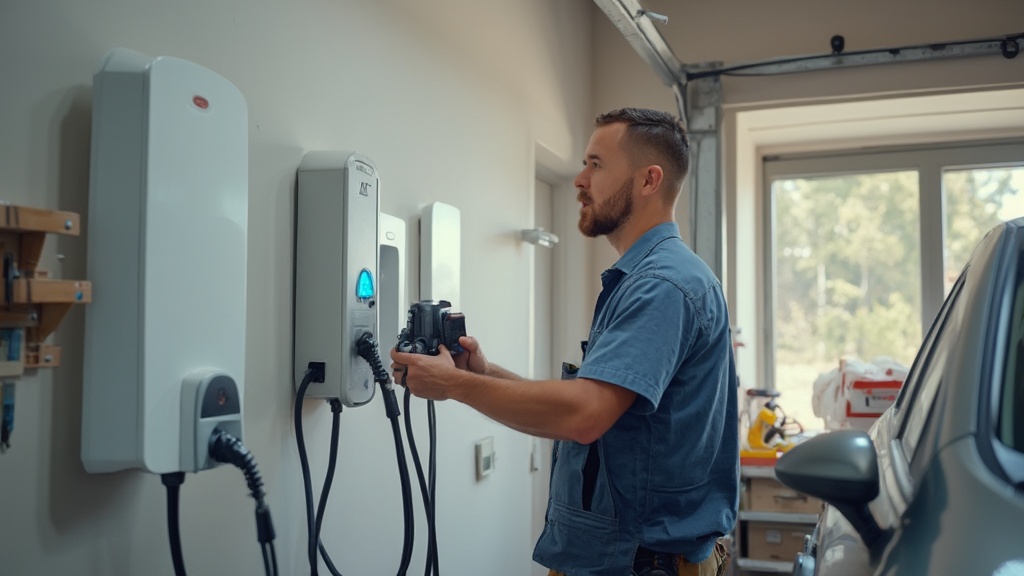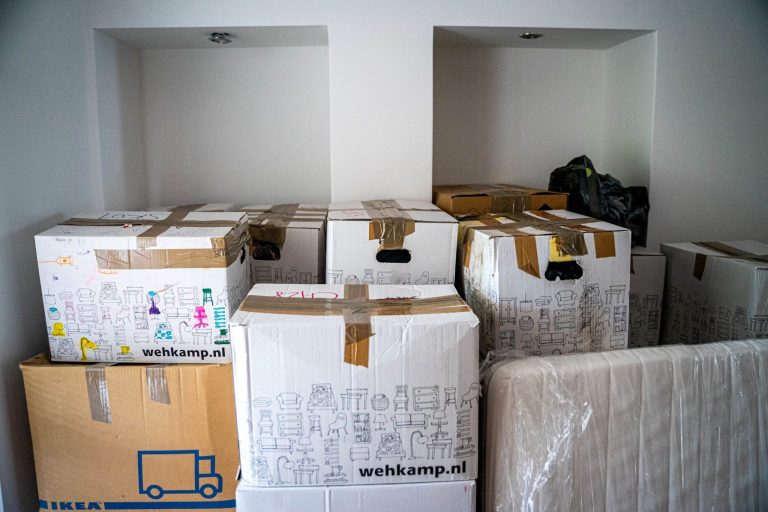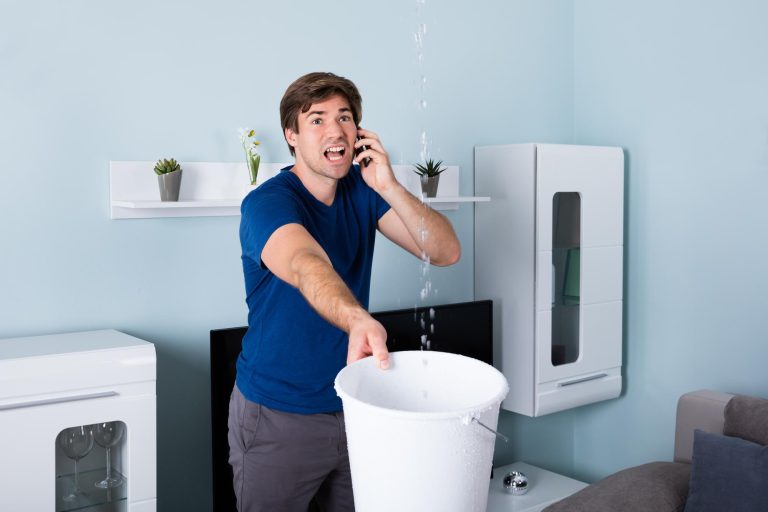The US iGaming sector is rapidly expanding, but that growth brings complexity. Operators must quickly adapt to regulatory barriers, shifting consumer expectations, and evolving technology demands.
Rather than simply entering the US market, Soft2Bet is reshaping it.
By combining tailored gamification, strategic compliance, and a focus on player-centric innovation, the company positions itself as a competitive force in the American iGaming landscape.
Curious to find out how? Read on, and let’s unpack the details.
The Rise of Soft2Bet in the Global iGaming Market
Founded to solve operational friction in online gaming, Soft2Bet has since scaled into a multi-brand group with over 20 B2C platforms. Globally, its portfolio covers casino, sportsbook, and hybrid models that blend content and community.
Now, the company is targeting growth in the United States, a market projected to reach $23 billion in revenue by 2028. With deep experience in regulated markets across Europe, Soft2Bet enters the US with a mature tech stack and a track record of navigating compliance and consumer behavior at scale.
Soft2Bet’s Approach to Gamification in the iGaming Industry
Gamification isn’t a gimmick—it’s a strategic lever. For B2B marketers and executives, the real question is whether it drives results. Soft2Bet’s data says it does.
For example, the platform’s reward mechanics applied across user journeys—from onboarding through repeat engagement—can increase user retention and session length compared with internal performance metrics.
More than points and badges, Soft2Bet’s gamification framework includes the following:
- Dynamic missions
- Custom loyalty stores
- Real-time achievement tracking
Each modular feature allows customization based on operator needs or local regulations.
Enhancing User Engagement through Interactive Features
Retention remains a core challenge in US markets, where competition for attention is relentless. Soft2Bet responds to this challenge with an interactive-focused design.
Some key features of the company’s solutions include:
- Personalized dashboards with progress indicators
- Leaderboards linked to tournament-style play
- In-app notifications that guide user behavior
These features aren’t cosmetic—they’re engineered to build emotional stickiness and predictable engagement cycles. When users know what to expect (and what’s in it for them), they stay.
How Soft2Bet Navigates Regulatory Challenges in the US Market
Compliance isn’t optional when operating any business—instead, it’s strategic. In the US, every state imposes distinct rules, and failure to comply means forfeiting growth.
Soft2Bet has invested in a region-specific legal and compliance team. This group ensures that product adaptations align with state-level mandates, such as geo-fencing, ID verification, or responsible play limits.
This infrastructure enables speed to market without compromising safety or integrity—and it’s a key differentiator for potential partners evaluating platform providers.
Responsible Gaming and Soft2Bet’s Commitment to Player Welfare
Increased scrutiny from regulators and advocacy groups made responsible gaming a top concern for US operators.
Soft2Bet doesn’t treat this as box-checking. Instead, it embeds safety into system design:
- Voluntary self-exclusion tools
- Loss and wager limits
- Real-time behavioral analytics to detect risk patterns.
Soft2Bet is also aligned with the American Gaming Association’s responsible gaming code. That trust foundation builds credibility not just with regulators but also with players who prioritize safety.
Soft2Bet’s Impact on the US Economy and Employment
As Soft2Bet expands its US footprint, it contributes to local economies—particularly through tech hiring and operational partnerships.
Its US roadmap includes:
- Strategic partnerships with local gaming operators
- Development hubs focused on North American product design
- Hiring plans for marketing, compliance, and engineering roles
For states welcoming regulated online gaming, Soft2Bet presents innovation and economic stimulus.
What the Future Holds for Soft2Bet in the US Market
Soft2Bet plans to deepen investment in AI-driven personalization, cross-platform integrations, and white-label opportunities for regional brands.
The company is also exploring collaboration with US-based media outlets to align gaming experiences with sports content and digital entertainment.
With its plans, Soft2Bet isn’t experimenting with the US—it’s investing in it.
Final Thoughts
Soft2Bet’s impact on the US iGaming market isn’t just about presence—it’s about performance. From gamification strategy to regulatory rigor, it’s bringing tested systems to an evolving market—and setting a new standard in the process.
For iGaming operators, marketers, and business leaders evaluating how to stay competitive, Soft2Bet represents a model worth watching.
Explore Soft2Bet’s US operations and platform capabilities here.



















